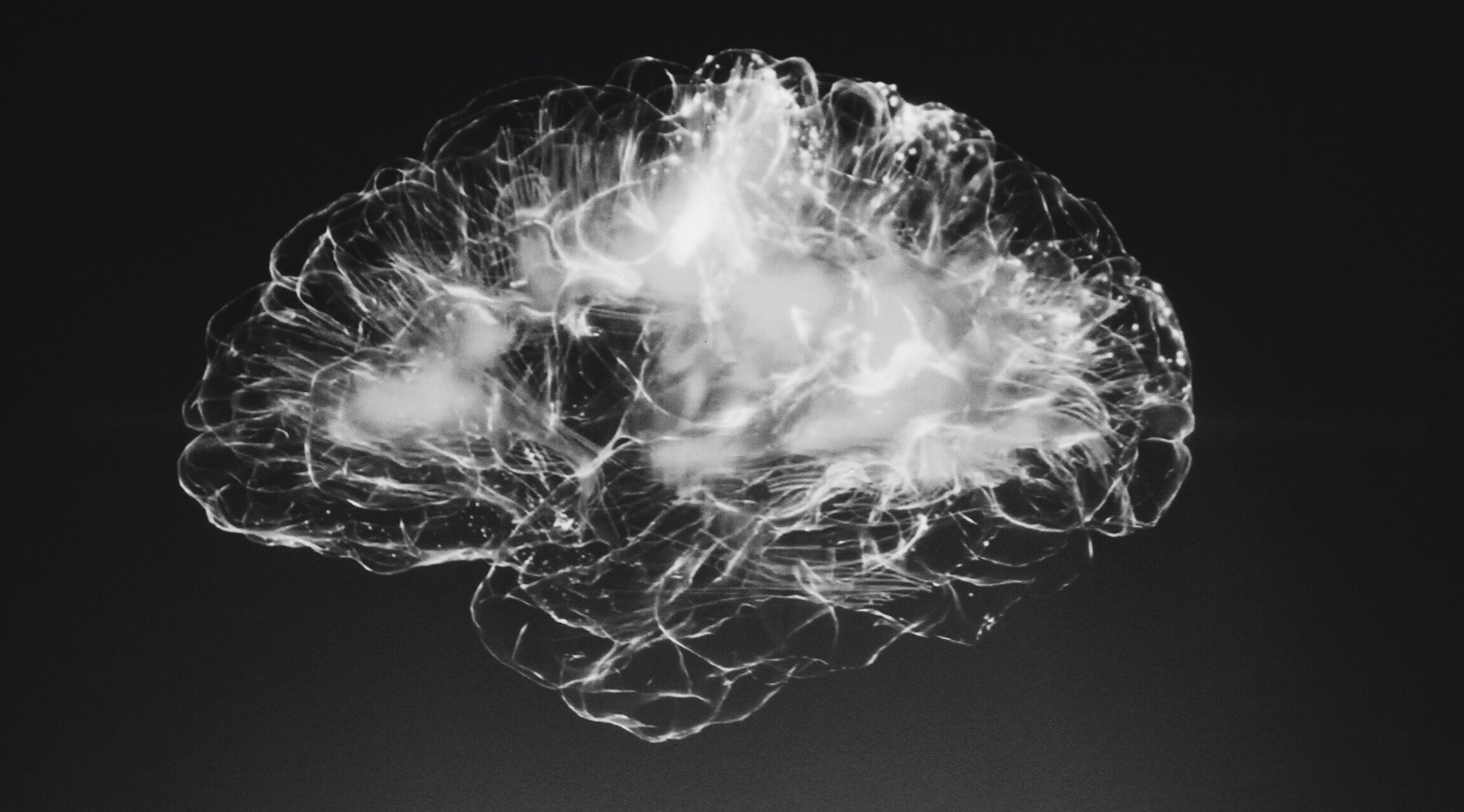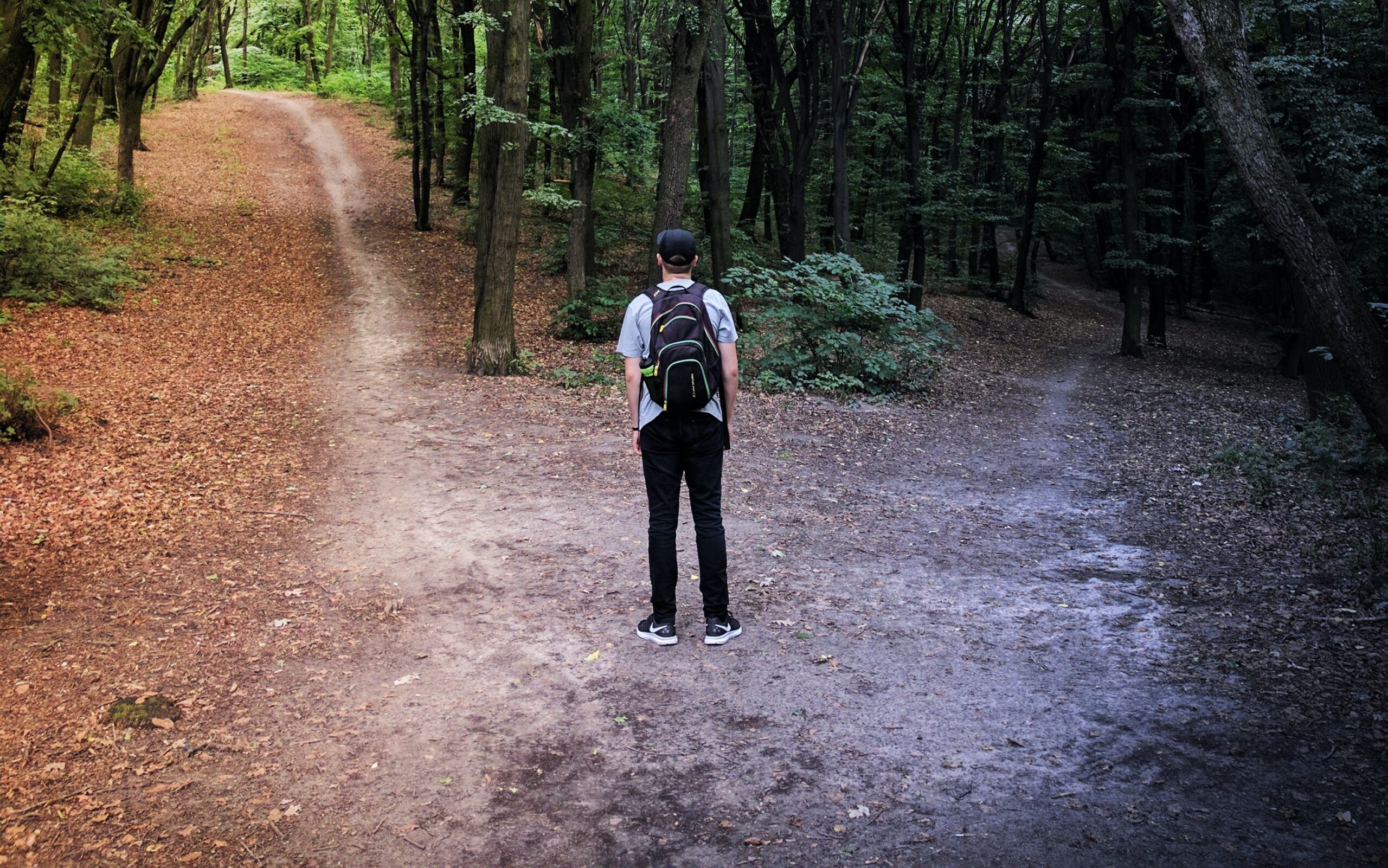Coping with Cravings
We’ve all been there—a sudden, intense desire for a slice of cake, a puff of a cigarette, or perhaps a glass of wine. Cravings aren’t just whims; they are deeply rooted in our brain’s chemistry, affecting our decision-making process. By understanding and employing strategies, you can navigate the tempestuous waters of cravings with a steady hand.

Navigating through the storm of cravings to the calm of control.
The Science Behind the Urge
Cravings are more than mere desires; they’re powerful impulses driven by our brain’s reward system. Dopamine, the same ‘feel good’ neurotransmitter that gets triggered by junk food, also plays a role in cravings for things like nicotine or alcohol1. While these urges can seem overwhelming, the prefrontal cortex—the decision-making hub—provides a window of opportunity to re-evaluate our choices.

The brain’s internal tug-of-war between desire and decision.
The Power of Distraction
A craving, intense as it may feel, is often fleeting. One effective strategy is to divert your attention. Whether it’s taking a brisk walk, reading a chapter from a book, or diving into a short task, distracting your mind can reduce the intensity of a craving. A study discovered that a mere 15-minute walk can significantly reduce cravings for sugary snacks in overweight individuals2.

Choosing a wholesome diversion over a tempting detour.
Mind Over Matter with Mindfulness
Mindfulness is about being present in the moment and observing your feelings without judgement. By recognizing a craving as just another transient feeling, you can allow it to pass without acting on it. Research has indicated that practising mindfulness can diminish the intensity of cravings and make them more manageable3.

Grounding oneself above temptations.
Visualise the Aftermath
Visualising the outcomes of giving into a craving can act as a deterrent. Imagine the guilt after consuming that unhealthy snack, the smell lingering post-cigarette, or the foggy feeling after one drink too many. Visualisation can provide a clearer perspective on the short-lived pleasure versus the longer-lasting regret.

Peering towards a clearer horizon.
Delay, Don’t Deny
If you’re on the verge of succumbing to a craving, tell yourself you’ll revisit the idea in 10 minutes. This delay tactic provides time for the intensity to diminish, and the prefrontal cortex to step in. More often than not, after the wait, the craving would have subsided or become less compelling.

Time has a transformative effect on cravings.
- Volkow, N.D., et al. (2007). The addictive dimensionality of obesity. Biological Psychiatry, 62(10), 905-912.
- Ledochowski, L., et al. (2015). Acute effects of brisk walking on sugary snack cravings in overweight people, affect and responses to a manipulated stress situation and to a sugary snack cue: a crossover study. PLOS ONE, 10(3), e0119278.
- Witkiewitz, K., et al. (2014). Mindfulness-based relapse prevention for substance craving. Addictive Behaviors, 40, 1-3.
